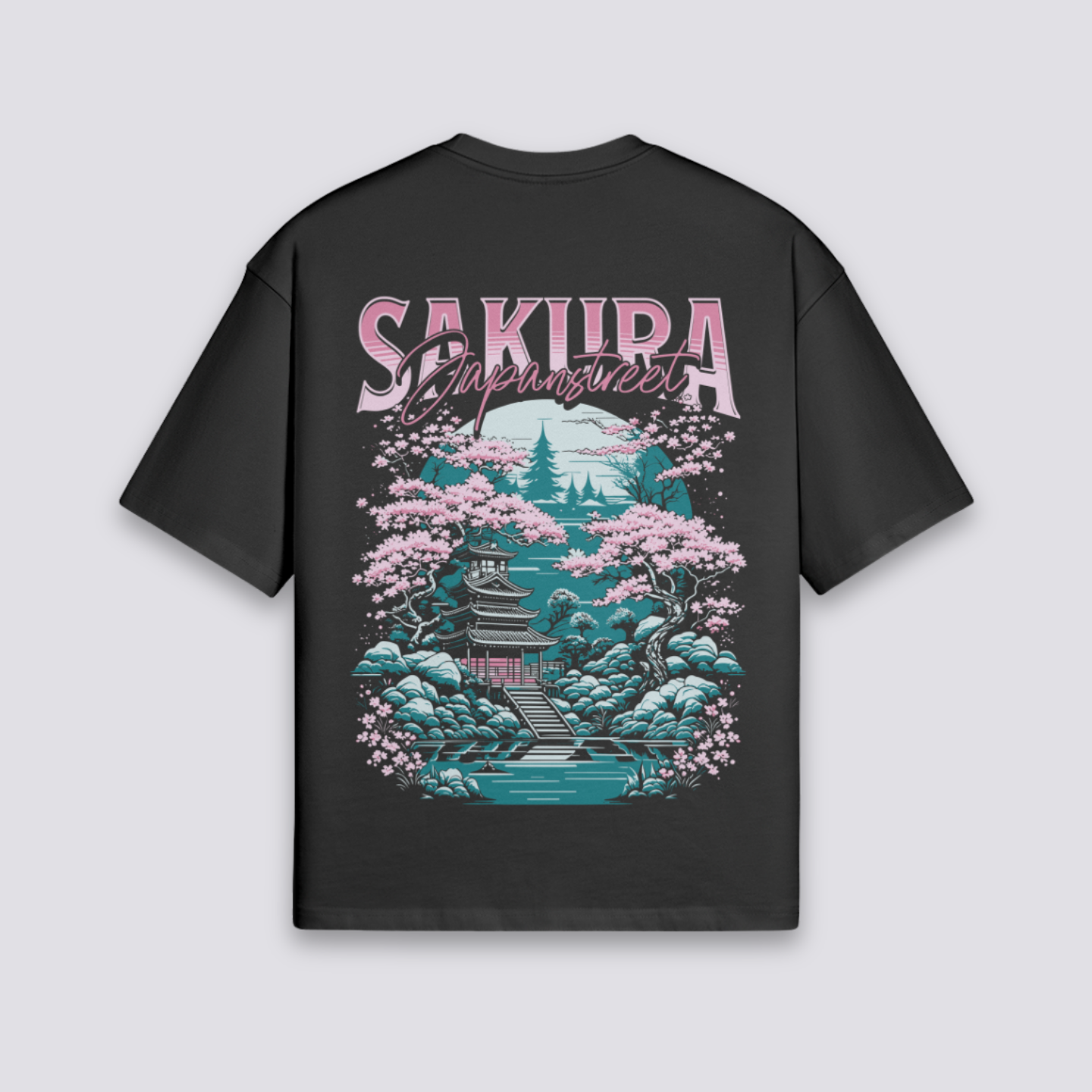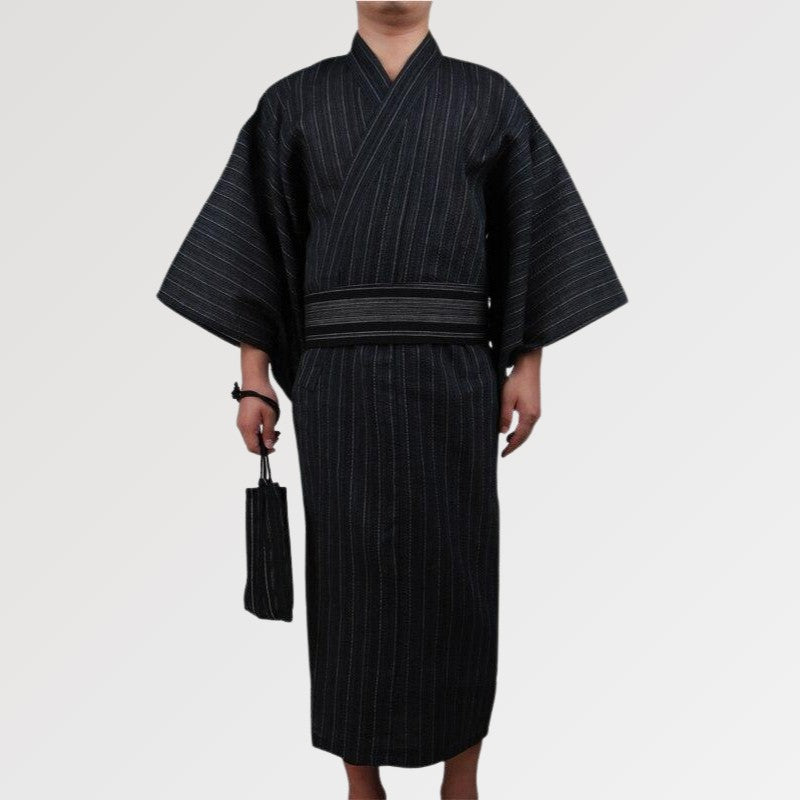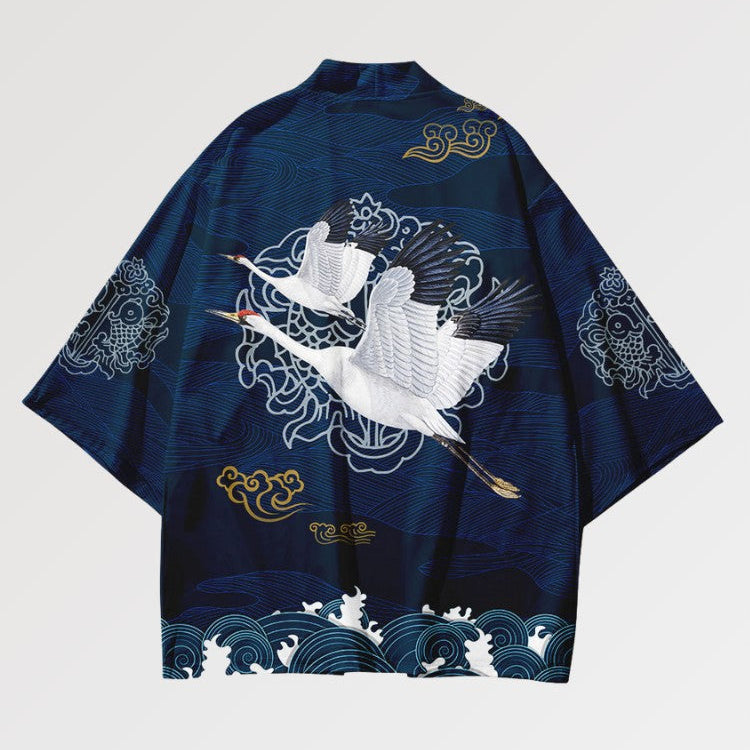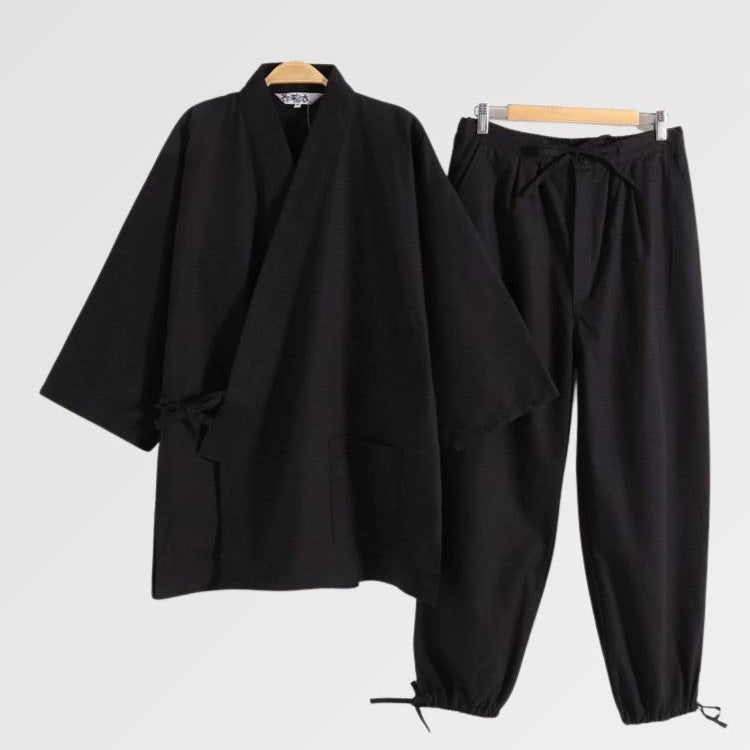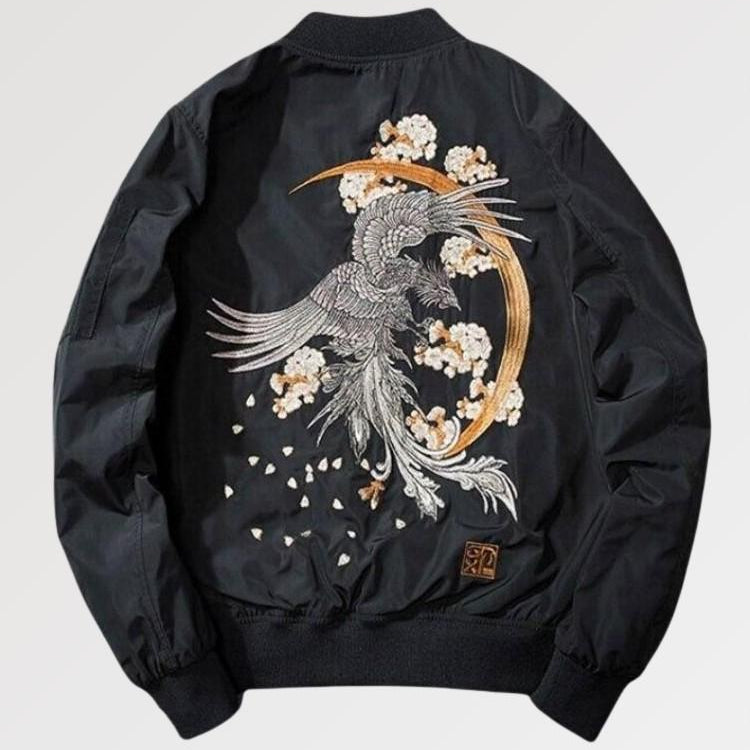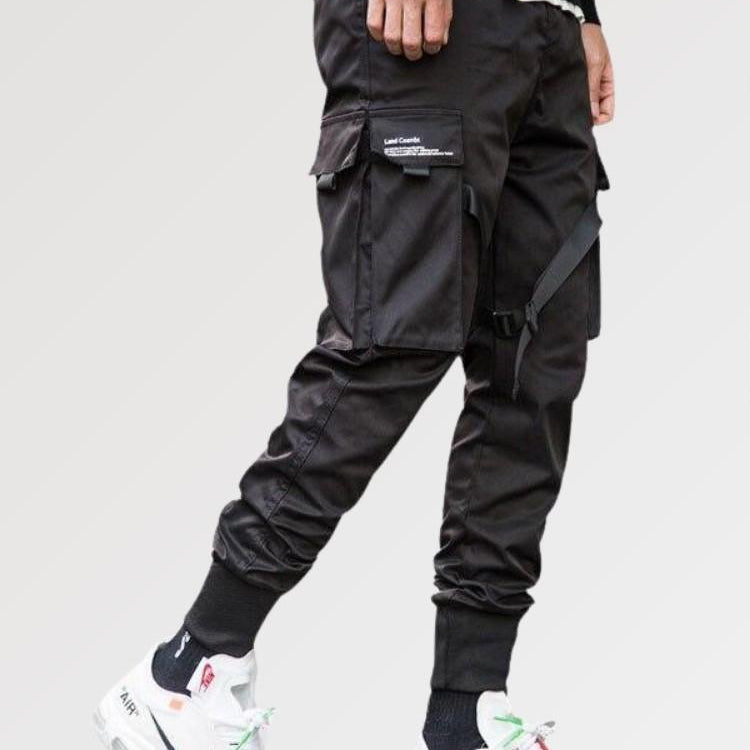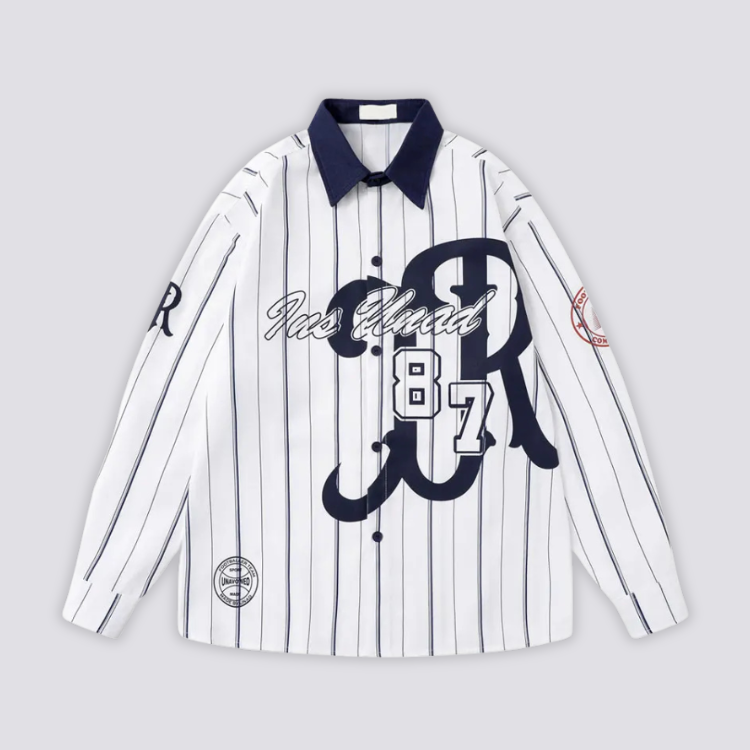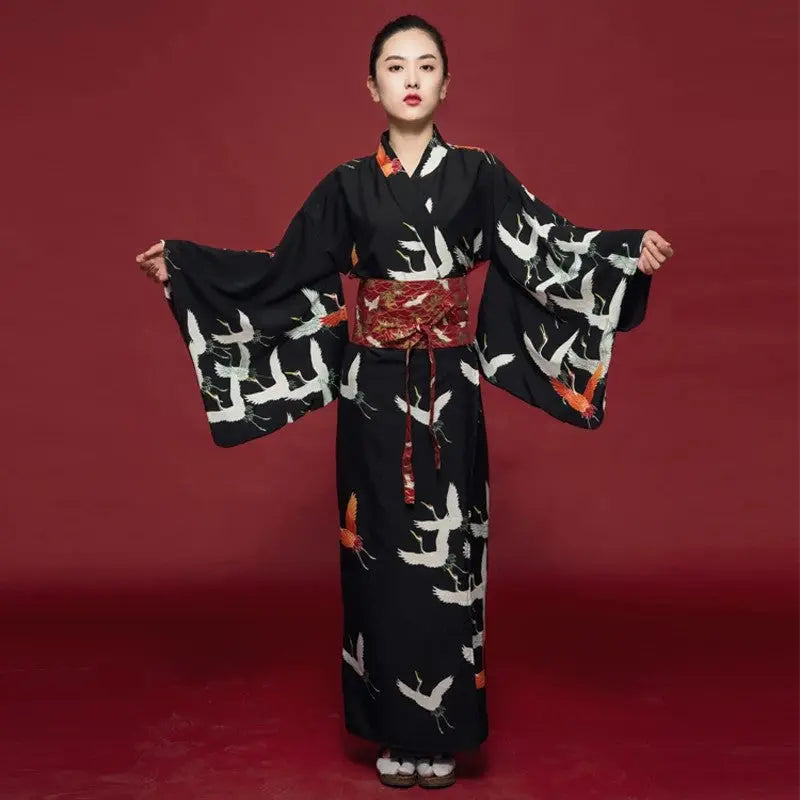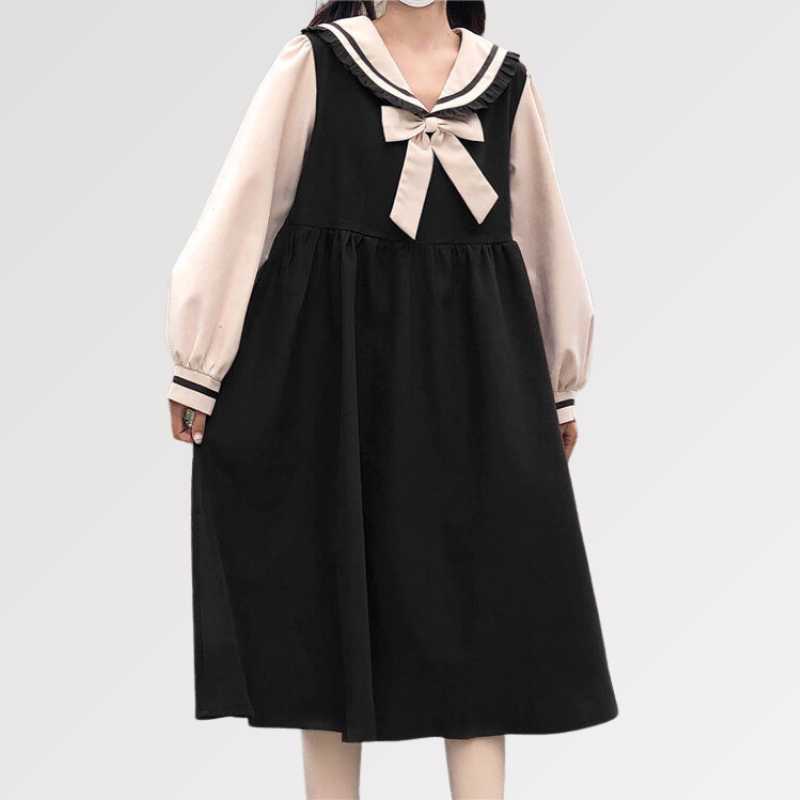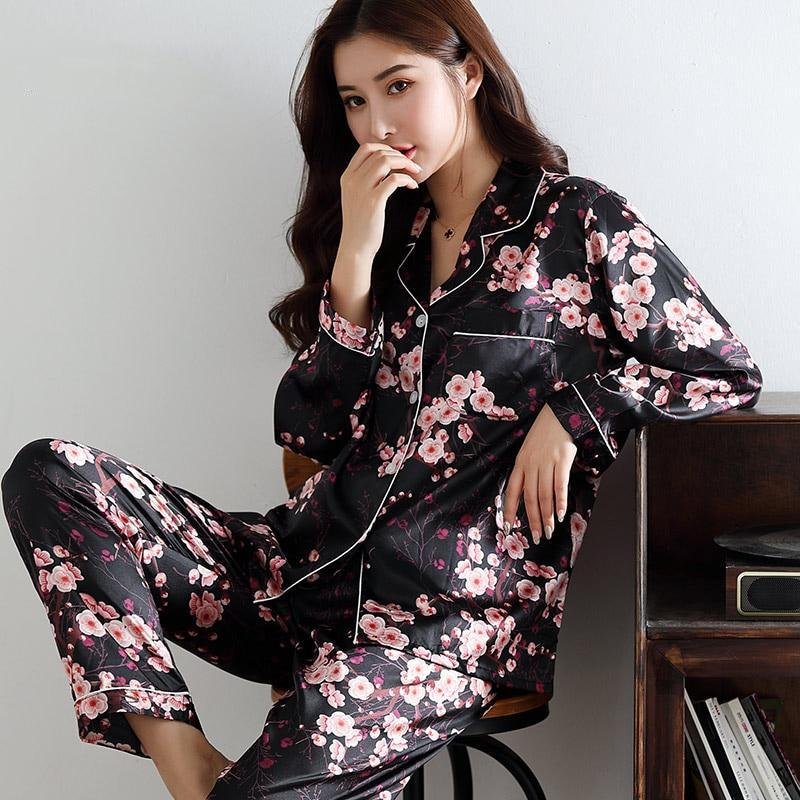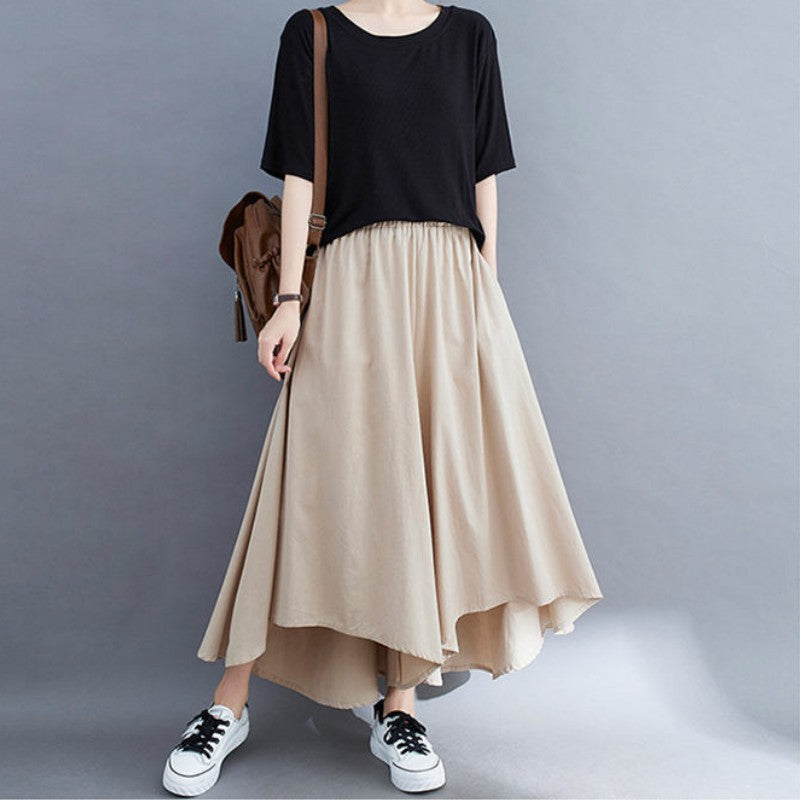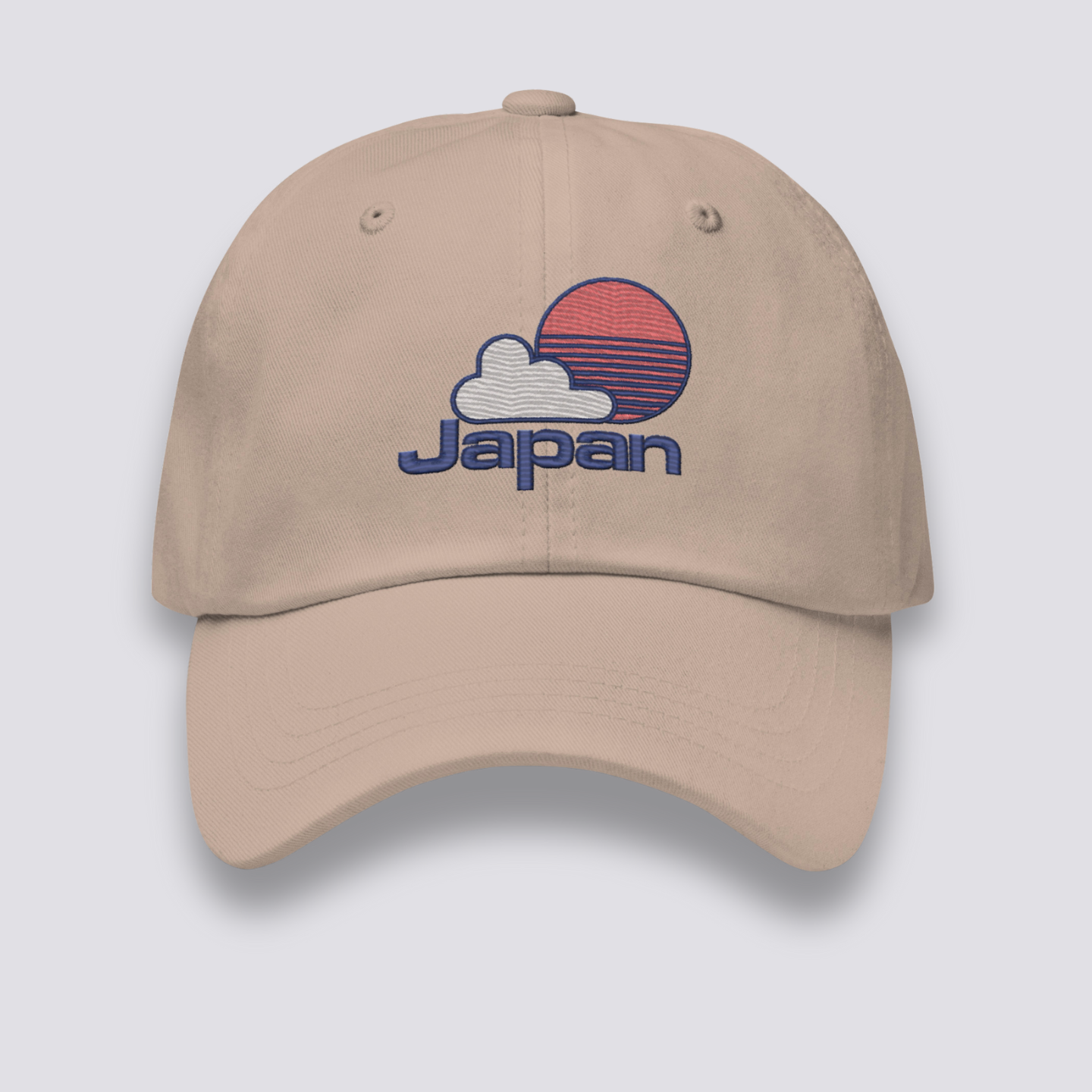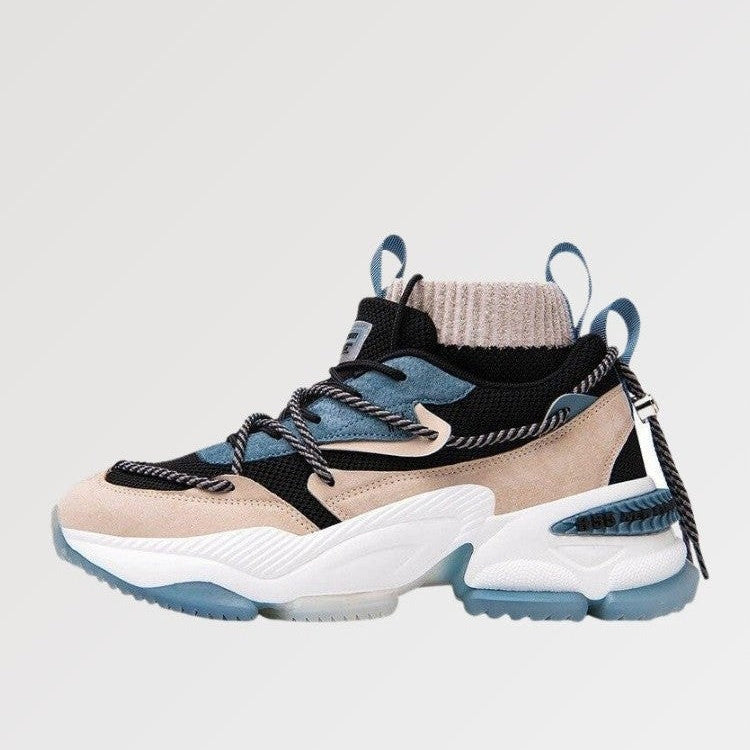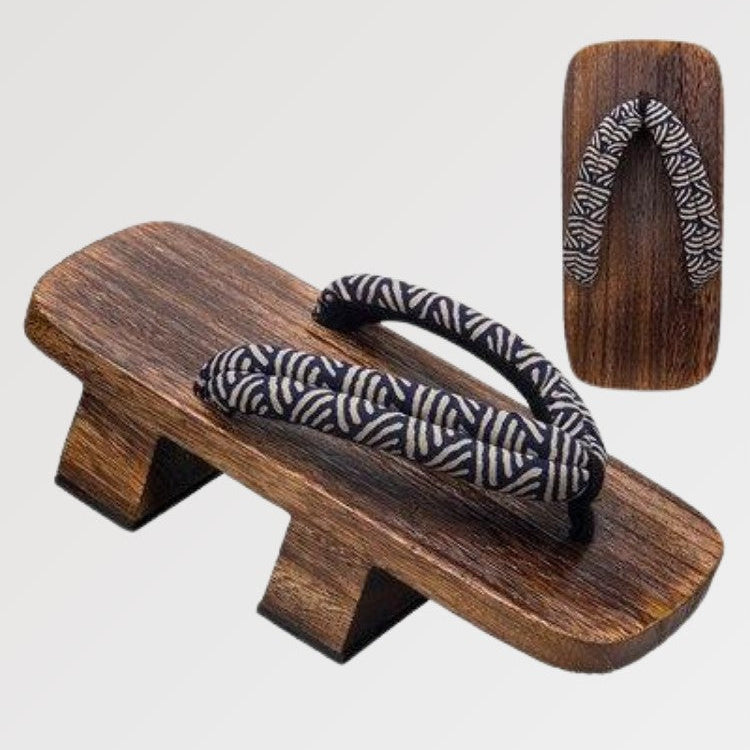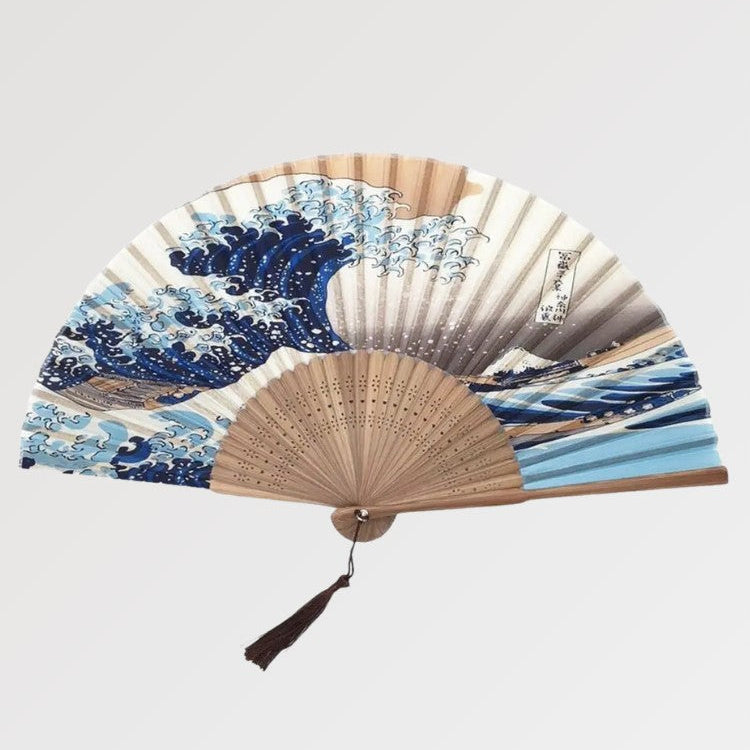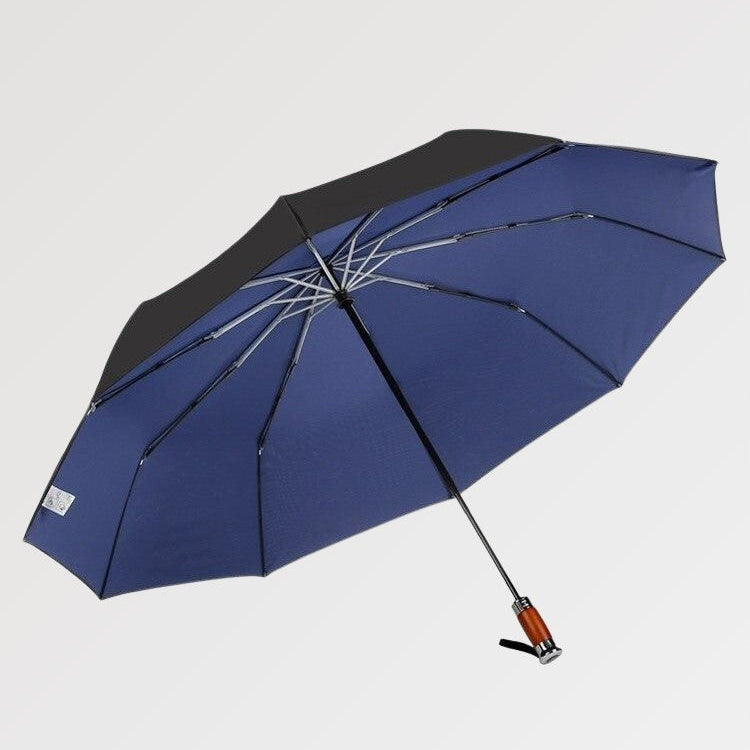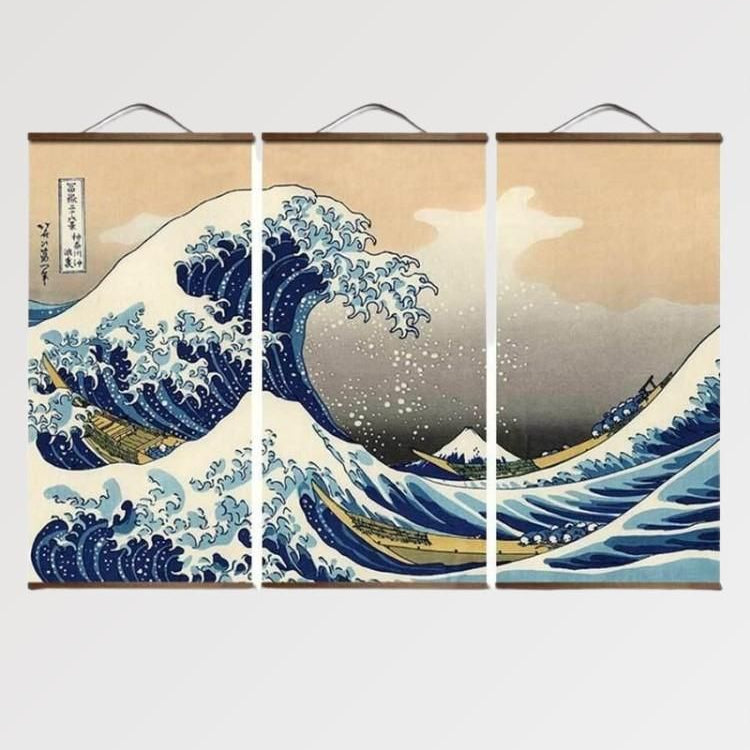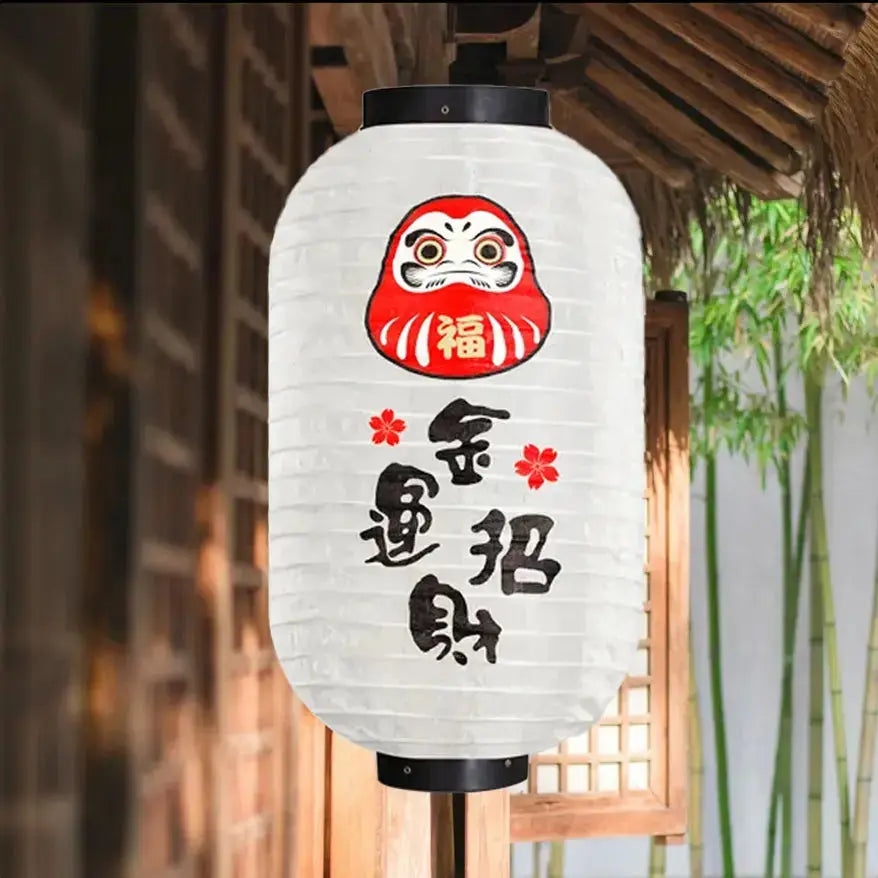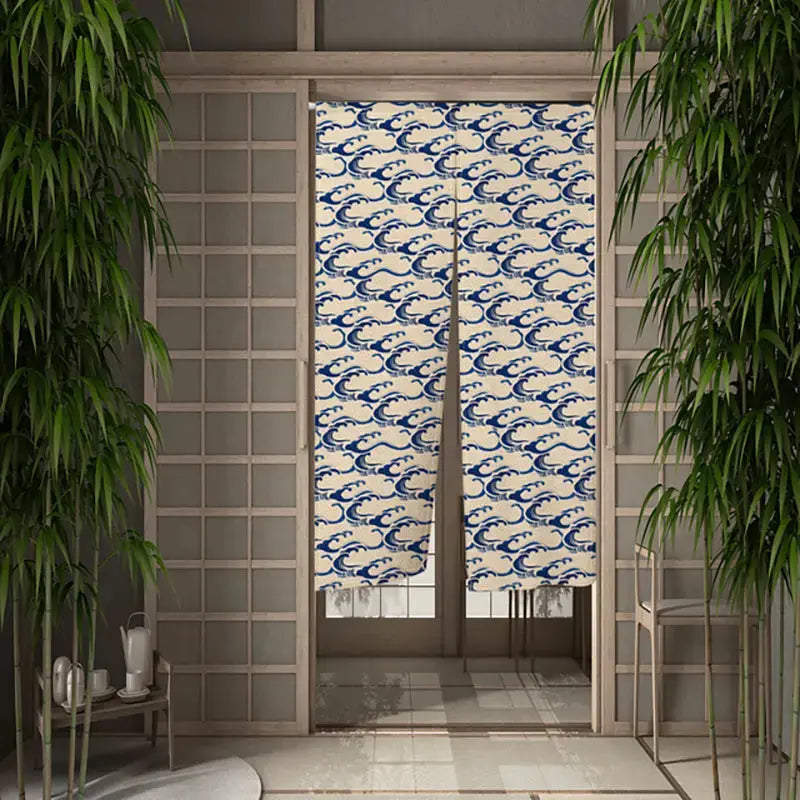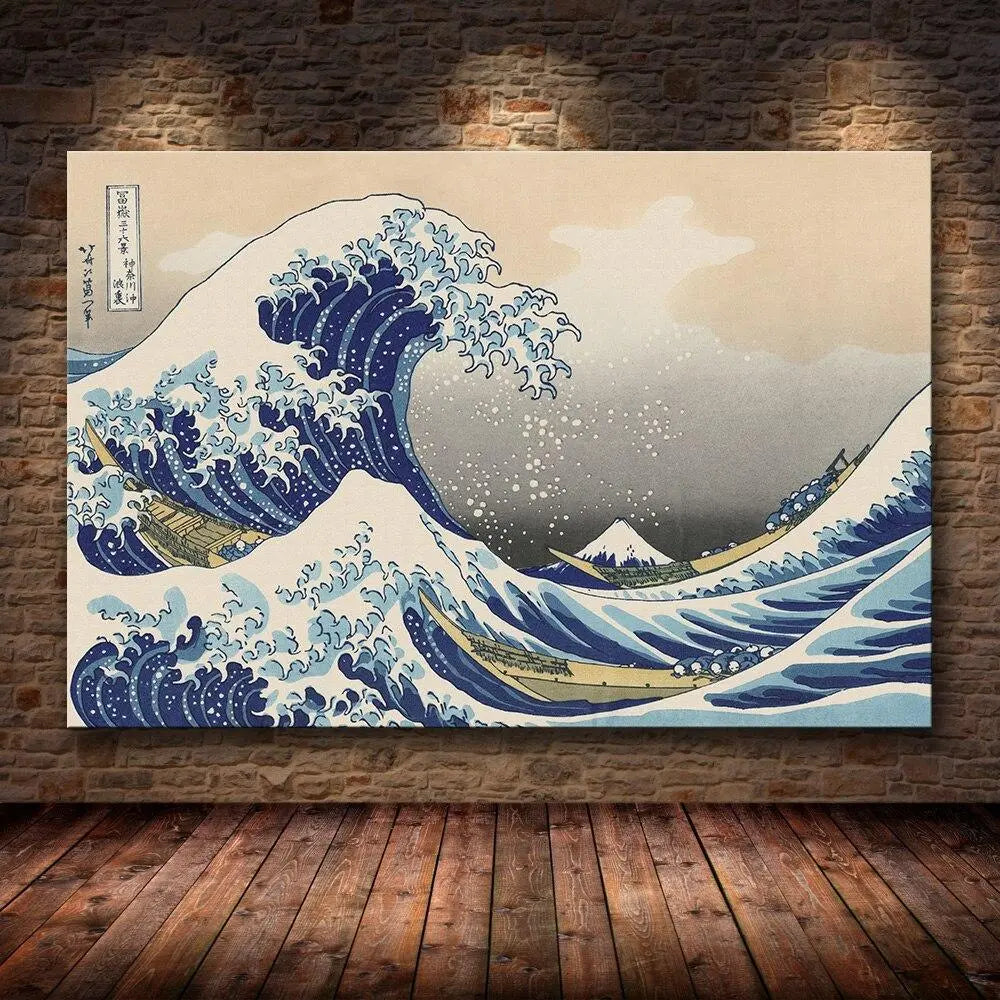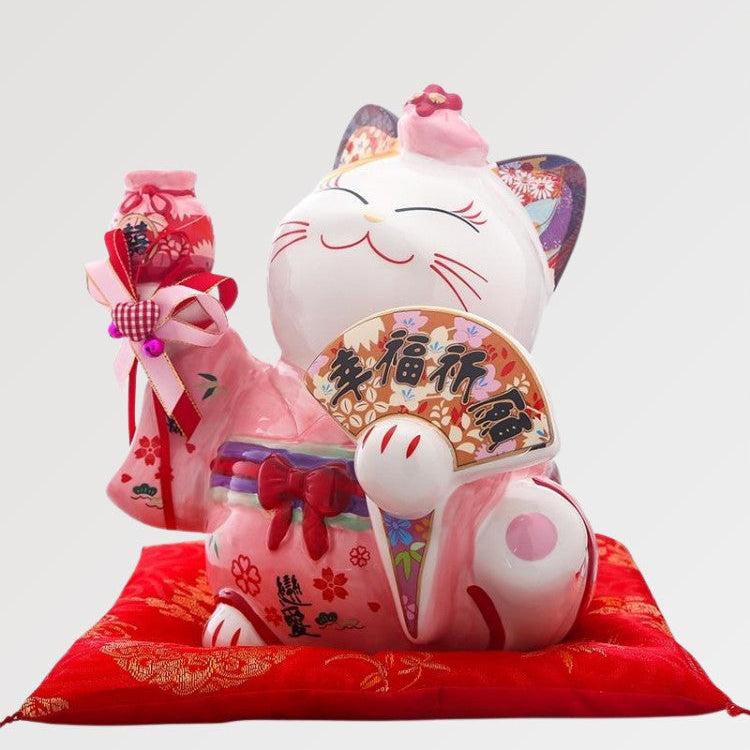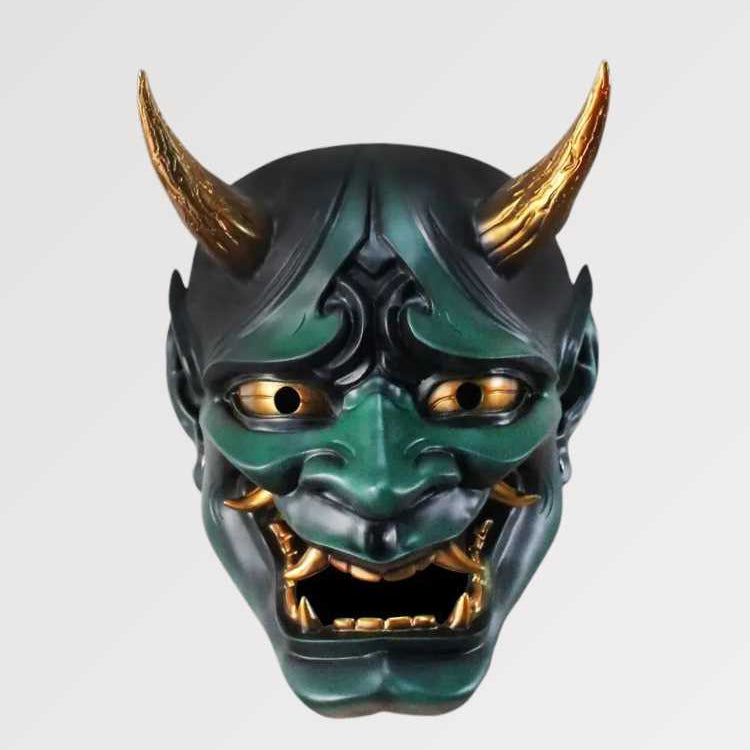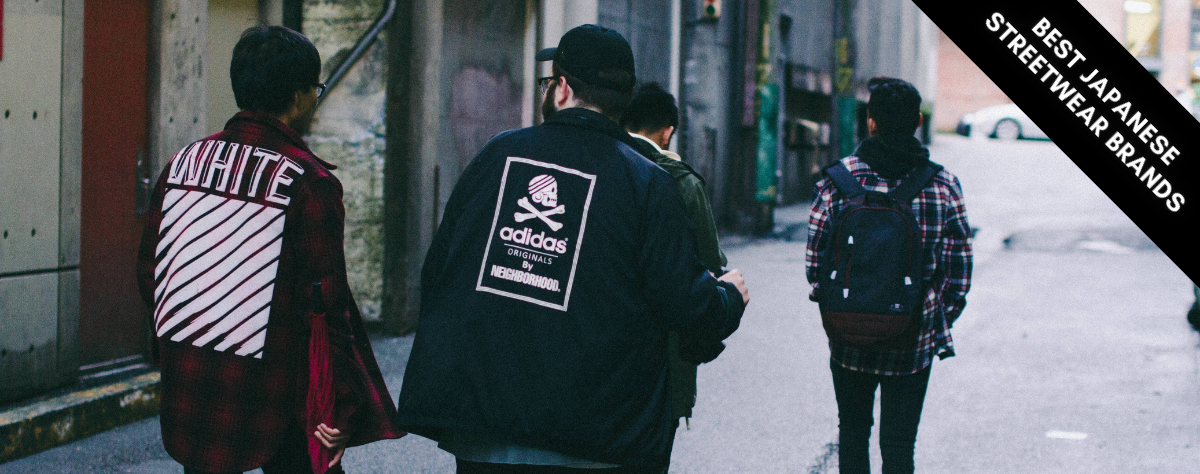Japanese streetwear and its origins have taken the world by storm. Whether it's through collaborations with major brands or runway shows at Paris Fashion Week, we can't get enough of this rebellious takeover. 🏴
However, this movement did not start in the spotlight. On the contrary, some believe that the pattern of this streetwear began as early as the 70s and 80s with a remastering of the hoodie and casual, comfortable clothing in a sportswear spirit for women and men.
It was at this time that Japanese youth first stood up to their elders in a strict traditional society. This spirit of defiance and non-conformity is the key to understanding Japanese streetwear. ✊🏽
So, below we will present our top Japanese streetwear brands. Obviously, we can't introduce you to all Japanese clothing brands in this article but there are more than 30 iconic logos mixing streetwear and Asian culture!

To understand Japanese streetwear, we need to understand the history behind the place where it all began. In the early 90's, a wave of young people had settled in the small district of Urahara, located between the districts of Harajuku and Aoyama in Shibuya, Tokyo. That's when the sportswear style was reborn with the sweatshirt and gender combinations inspired by the latest trends, sportswear and designers coming from a Japanese luxury brand fashion show. 🎌
Many moved out because of the cheap rent and the need for a fresh start, away from traditional families. Soon, a mentality of simply creating and designing was born. Small clothing stores opened up left and right, offering a new style to Japanese youth. This style was heavily inspired by Western fashion, which was ahead of its time in exploring the meanings of youth culture.
Brands such as UNDERCOVER, WTAPS, NEIGHBORHOOD and stores such as NOWHERE and A Store Robot are gaining popularity. It didn't take long for everyone in Tokyo to want to try this Harajuku aesthetic. As the clientele grew, so did the exposure, and magazines like ASAYAN took interest and reported on this phenomenon. 📣
- "WE BELONG TO A GENERATION OF DESIGNERS WHO GREW UP ON SKATE CULTURE AND STREETWEAR IN THE 1990S AND 2000S, SO NATURALLY THIS MANIFESTS ITSELF IN OUR DESIGN." - YOON AHN, CREATOR OF AMBUSH"
1. The Essence of the Aesthetic
And while it can be argued that the Harajuku aesthetic commonly uses looser, American-inspired clothing and modernized Japanese clothing, such as ALK Phenix's recreation of a kimono in their SS16 show - it simply cannot be defined by this surface-level analysis. 🧬
Harajuku is much more a state of mind than a garment. Most brands are born out of a misfit mentality, pushing their desire to dress differently, and live differently. It would therefore be pointless to try to define a precise style, as clothing is only a means to an end.
Each brand will interpret and reflect the rebellious and youthful mentality in their own way, working within a close-knit community, but also not afraid to expand their horizons. 👁

2. JAPAN-CLOTHING
Japan-clothing Store was created by three French people who went to live in Japan. They fell in love with the Japanese style and the Tokyoïte fashion. Being fans of fashion and streetwear, they decided to create their own brand of Japanese streetwear which they naturally called Japanstreet. 🉐
Starting from a few pieces like Japanese hoodies and oversized t-shirts, they now have a wide range of more than 1500 pieces of Japanese streetwear, from Japanese caps or five panels to Japanese decorative items from the land of the rising sun. Today among the must-haves in men's fashion and women's clothing with a streetwear spirit, Japanstreet continues its ascent with new regular connections and more than a hundred kimono jackets!
Their success and fame is growing among the French youth to such an extent that a collaboration with the famous brand Champion was born this year. They came to implant in United States and in the France with the brand Japanstreet all that they could learn in the field after 4 years spent living in Japan. 🎴
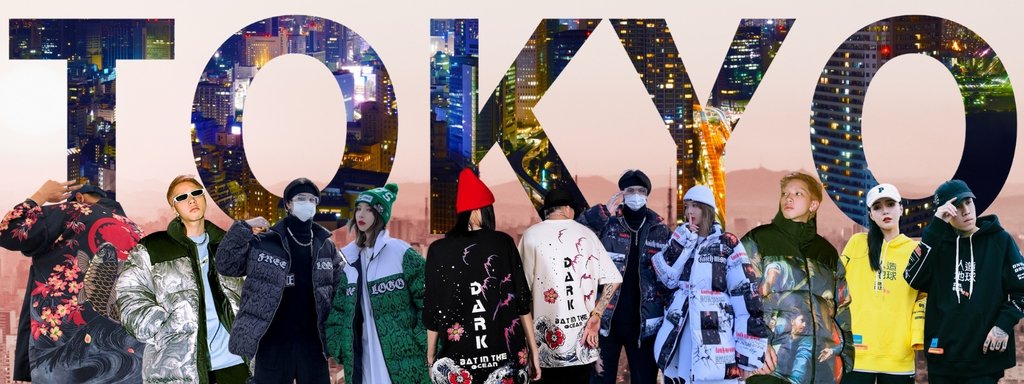
3. Forty Percent Against Rights
Founded by the creator of another legendary Japanese streetwear brand of urban style embroidered blazer & bomber, WTAPS, Tetsu Nishiyama conveyed a nihilistic and rebellious vision with FPAR. While WTAPS is more elaborate, FPAR shines with chaos and disorder.👹
Nishiyama created this brand based on an old aphorism that a new product should change at least forty percent from a previous design. This can be seen in FPAR's updated clothing, a technique that is no stranger to Japanese streetwear.
FPAR managed to further establish itself as a brand to know when, in late 2019, the brand partnered with Nike to create a pair of SB Dunk High. The shoe features the inscriptions "I'm lost too", "Don't follow me" and "Trust No One", which emphasize the dark identity of the brand. This shoe has been highly praised and recognized in the sneakerhead community, giving FPAR some well-deserved exposure. 🔍

4. TOKKOU
TOKKOU, which takes its name from the Japanese term tokkō-fukku, meaning "special attack clothing" is a Japanese fashion brand but based in London. Masa, owner of TOKKOU, says it was inspired by the Bousou-zoku subculture, which involved biker gangs in the 1980s. 🏴☠️
Masa believes that this culture is slowly disappearing, so he wants to emulate its legacy through his brand. TOKKOU is known for its famous Okayama jeans and punk-like embroidered phrases like the roughly translated "Unite a country" and "Don't give up."
Although the brand has only been around for a few years, Masa has managed to clearly define a unique and identifiable aesthetic, and the brand is quickly becoming a staple in the Japanese streetwear scene. 🥇
We love TOKKOU's graphic prints, high-contrast colors, and use of Japanese characters to convey a message (not to mention the high quality construction and use of Osaka denim) and think these pieces are a great addition to any wardrobe. Your wardrobe will look like a Yakuza's, mixed with a skinny cardigan or a mid-season blouse.

5. CYCLE
Ethical New York brand Cycle by M.Y.O.B. (short for "Mind Your Own Business") has been creating hip, fashion-forward clothing for over a decade. Designer duo Comi and Tanimi launched the brand by creating jewelry, and soon after tackled the world of ready-to-wear. 🎭
The brand's aesthetic is inspired by a mix of Tokyo and New York streetwear, while keeping traditional Japanese craftsmanship at the forefront. In 2014, Cycle opened their first flagship store in the influential Harajuku district.
Their latest collection was purely made from cruelty-free leather, recycled plastics and eco-friendly materials. In this time of climate crisis, it's crucial that fashion brands take action. ♻️
Cycle has taken up this challenge. The brand is inspiring the younger generation to become more environmentally friendly, especially since some of its ethical pieces have been seen on FKA, Kehlani and M.I.A. Raves.

6. UNDERCOVER
Arguably one of the most influential streetwear brands, UNDERCOVER has certainly established itself as a global label. After collaborating with Uniqlo, Nike and Supreme, the brand continues to grow while keeping the elements of a traditional deconstructed narrative at its core. 🔰
Jun Takahashi, founder and designer of UNDERCOVER, launched the brand while still at Bunka Fashion College in Tokyo. Inspired by famed punk designer Vivienne Westwood and avant-garde legend Rei Kawakubo, Takahashi created clothing that was heavily inspired by grunge and punk culture.
This can be seen in his clothes, which often feature elongated hems, odd waists and unfinished seams. In 1993, Takahashi opened the NOWHERE clothing store, and in 2002, UNDERCOVER became one of the most anticipated shows of Paris Fashion Week. ⏱
Perhaps the genius of UNDERCOVER lies in the fact that Takahashi himself said, "We make noise, not clothes" revealing a deeper meaning to his groundbreaking clothes.

7. AMBUSH
Yoon Ahn, a graphic design graduate, never planned to create a ready-to-wear brand, but now she and her rapper husband Verbal are at the helm of AMBUSH, one of Japan's hottest brands.
However, AMBUSH didn't start out as a clothing company, but rather as a jewelry company. In 2008, the pieces were spotted on famous rappers such as Kanye West and Pharrell. Not being satisfied with the style of the jewelry, Ahn decided to design clothing that would match her expectations and the overall aesthetic. 🔗
The self-taught couple went on to create unisex clothing meant to represent youth culture, shock and even "trick" people's expectations. The brand is now featured at Paris Fashion Week and is a favorite of the Japanese and our own.

8. NEIGHBORHOOD
NEIGHBORHOOD, founded by Shinsuke Takizawa in 1994, was named in direct reference to the Urahara neighborhood. NEIGBORHOOD is one of the many Japanese brands that were, for a while, unknown to Western culture, but now, which seems to be the case every week, announces a new collaboration with major Western brands. 📌
NEIGHBORHOOD's latest collaboration alongside Vans and Mr. Cartoon has fans excited, as the end result incorporated all the different aesthetics into a stylish and authentic sneaker. Takizawa clearly draws inspiration from the motorcycle and rock'n'roll subculture, he doesn't let his brand be defined by those boundaries.
Takizawa is always looking for inspiration, whether it's in music, movies or just different lifestyles in general, to push the boundaries of innovation even further. That's why many look to NEIGHBORHOOD to find out what the future trends will be. 💬

9. F-LAGSTUF-F
F-LAGSTU-F, founded by Nobuyuki Murayama, is a younger brand, which was established in 2014. Yet, it has managed to make its mark on Japanese street culture. Murayama's work includes many graphic tees and band tees, as he was influenced by his time working in a vintage store. ⚜️
He also said that he was inspired by military uniforms from the 40s and 50s, which gives some of his clothes a utilitarian look. While maintaining a Japanese core and mixing in the freshness of 90s America, F-LAGSTU-F has become a highly sought after emerging brand popular on the streets of Tokyo. 🏯

10. WACKO MARIA
Inspired by art, music and film, WACKO MARIA is a leading streetwear brand that manages to maintain a romantic and glamorous atmosphere. Co-founded in 2005 by Keiji Ishizuka and Atsuhiko Mori, the Japanese staple brand has already made its mark in the industry.
Its clothes are known for their bright colors and Japanese patterns. WACKO MARIA has also successfully marketed its identity using slogans such as "Guilty Parties". This makes the brand and what it stands for easily recognizable to its customers. 🎯
WACKO MARIA not only produces clothing, but also hosts events and collaborates with various artists to strengthen their community. They also opened a flagship store "Paradise Tokyo" in Meguro Ward (located next to Shibuya), which further enhanced their popularity. Although WACKO MARIA is one of the newest brands, it has influenced and continues to influence the streets of Japan.

THE FUTURE OF JAPANESE STREETWEAR
If the explosion and the rise of the movement between the 90's and the beginning of the 2000's are not in doubt, some believe that the glory of Japanese streetwear has reached its peak. At Japanstreet, we don't think so! 💹
The Urahara movement has had such an impact on not only Japan, but the world, that it remains at the forefront of people's minds (and the fashion industry as a whole). Japanese brands, large and small, continue to produce innovative pieces and push the boundaries of design, which is avidly consumed by fans around the world.
Collaborations between global brands and Japanese designers continue to build on this momentum, strengthening Urahara's global impact and reach. With the emergence of exciting new brands, such as those listed above, the future continues to be exciting and promising for Japanese streetwear, and we can't wait to see what's next. ✌🏽
- "With the example of NIGO and Jun Takahashi working and collaborating with UNIQLO, we can see that the pioneers of Harajuku have embraced these changes and benefited from them. Now it's up to the new generation to create their movement and take over a new neighborhood as their playground." - Jey Perie, creative director of Kinfolk
With these 10 Japanese streetwear brands you'll have something to be the most stylish in your high school or city
Don't hesitate to leave us a comment if you have any suggestions for articles or if you want to contribute to our blog! 😊
